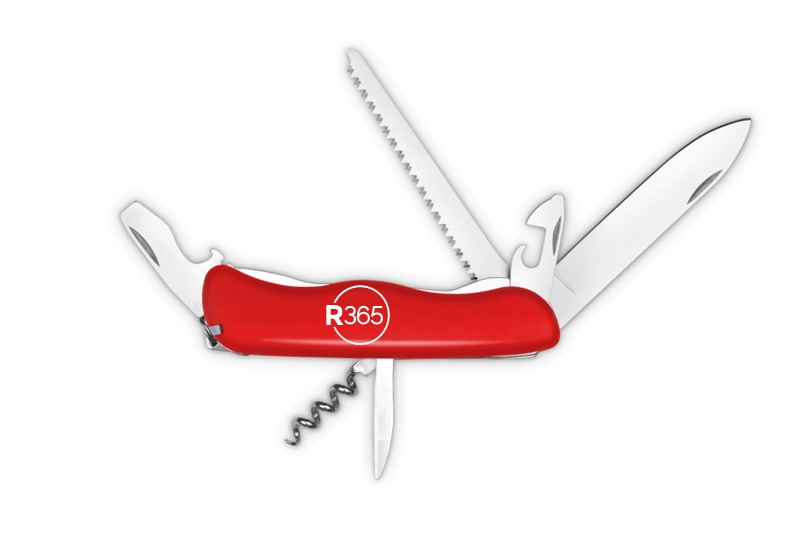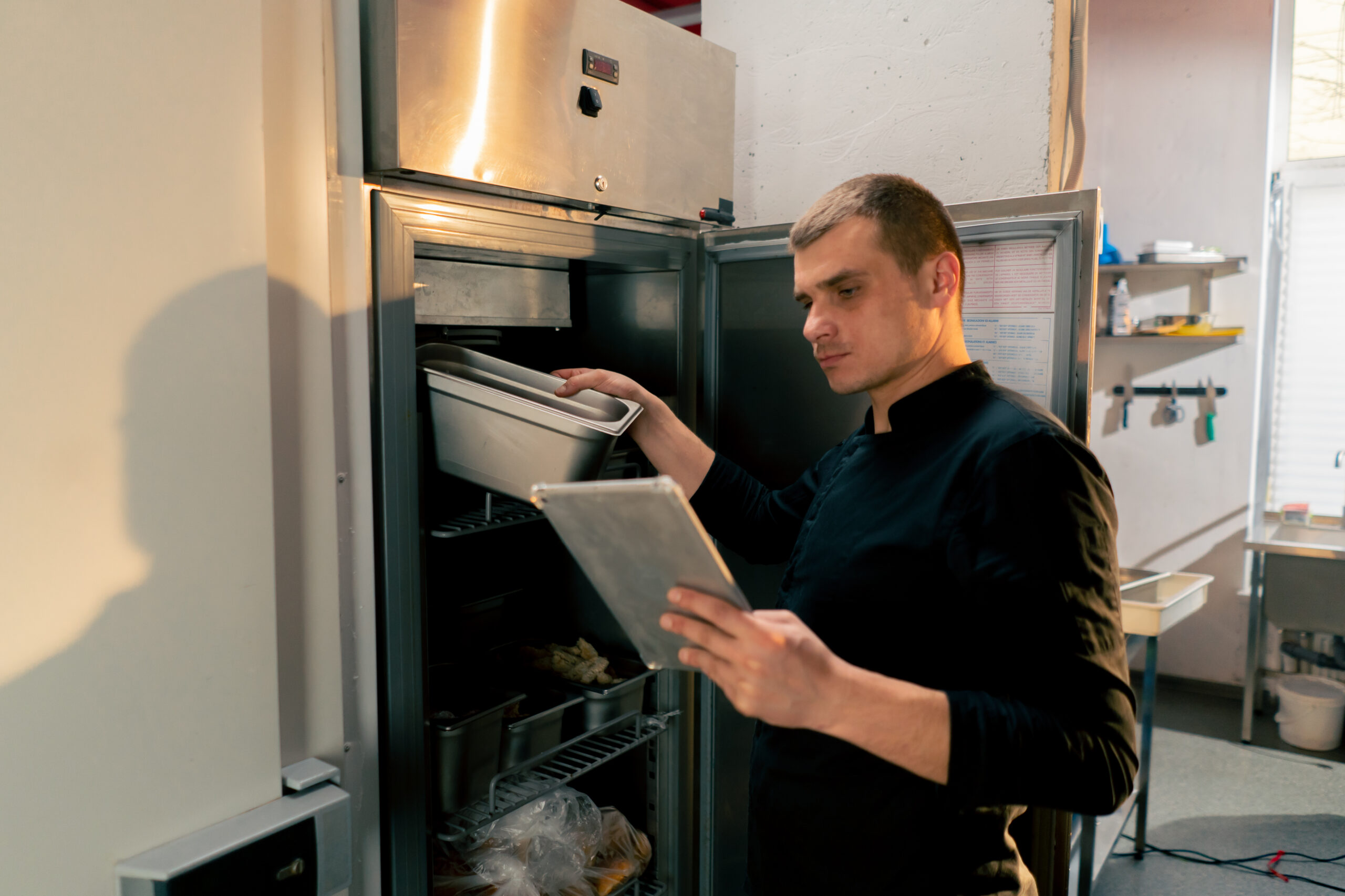
Slashing Prime Costs: How R365 Powers Smarter Labor and Food Decisions
By an anonymous Restaurant Professional knowledgeable about R365
Running a profitable restaurant today feels like walking a tightrope. Between inflation, supply chain volatility, and a tight labor market, the pressures on restaurant margins have never been greater. The two most critical levers in controlling profitability—labor and food costs, together known as Prime Cost—can quickly spiral out of control without the right systems and leadership in place.
That's the challenge I inherited when I joined a growing restaurant company recently. Beef prices were soaring, labor costs were creeping upward, and while we were pivoting to alternative proteins, our food margins continued to suffer. To make matters worse, we were paying more to attract and retain staff—but without seeing proportional productivity gains. We had great teams, but they were tired. Overworked. At risk of burning out.
It was a recipe for disaster. But it didn't have to be.
Our solution? Turning to Restaurant365 (R365)—a powerful back-office platform that helps restaurant operators make smarter, data-driven decisions about food and labor.
Running a profitable restaurant today feels like walking a tightrope. Between inflation, supply chain volatility, and a tight labor market, the pressures on restaurant margins have never been greater. The two most critical levers in controlling profitability—labor and food costs, together known as Prime Cost—can quickly spiral out of control without the right systems and leadership in place.
That's the challenge I inherited when I joined a growing restaurant company recently. Beef prices were soaring, labor costs were creeping upward, and while we were pivoting to alternative proteins, our food margins continued to suffer. To make matters worse, we were paying more to attract and retain staff—but without seeing proportional productivity gains. We had great teams, but they were tired. Overworked. At risk of burning out.
It was a recipe for disaster. But it didn't have to be.
Our solution? Turning to Restaurant365 (R365)—a powerful back-office platform that helps restaurant operators make smarter, data-driven decisions about food and labor.
What Is Prime Cost—and Why It’s Your Most Important Metric

Prime Cost is the total of your Cost of Goods Sold (COGS) and Labor Costs. Together, they form the single biggest expense category for any restaurant. A well-run operation typically keeps Prime Costs under 60% of sales. Let it creep higher than that, and profits disappear.
While some costs—like rent or insurance—are fixed and hard to influence, Prime Cost is highly controllable, especially at the restaurant level. That's what makes it so important—and why every general manager needs access to the right tools to manage it effectively.
Restaurant365 isn’t just an accounting tool. It’s a fully integrated restaurant management platform that brings together inventory management, labor scheduling, forecasting, budgeting, recipe costing, and purchasing into a single ecosystem. It centralizes data, streamlines workflows, and most importantly, empowers managers with real-time, actionable information to keep Prime Costs in check.
Let’s break down how R365 helps on both sides of the Prime Cost equation.
Restaurant365: The Swiss Army Knife of Restaurant Operations

PART 1: Slashing Labor Costs—Without Sacrificing Service

Labor is the most dynamic and controllable cost in a restaurant, but also the most nuanced. Cutting hours indiscriminately can destroy morale and guest service. Overstaffing burns profit. Striking the right balance is part art, part science—and that’s where R365 shines.
- Labor Forecasting & Budgeting
R365 uses historical sales, seasonal trends, and real-time data to create smart labor forecasts. Managers can create labor plans based on actual traffic expectations—not guesswork. This means aligning staffing levels with real business demand.
- Smart Scheduling Tools
R365’s scheduling tools help managers build efficient schedules that align with both labor budgets and forecasted sales. It’s easy to visualize who’s scheduled, identify overtime risks, and make quick adjustments. Employees can also request time off, swap shifts, and communicate directly via mobile apps—improving engagement and reducing administrative burden.
- Labor Cost Reporting & Analysis
Daily labor reports let managers see where they stand against budget. Are you over on hours today? Are you meeting sales-per-labor-hour targets? Are certain roles consistently going into overtime? With R365, managers don’t wait until the end of the pay period to find out—they adjust in real time.
- Fair Pay and Retention Planning
When you invest time training great people, the last thing you want is to lose them to burnout or competitors. R365 helps justify higher wages by tying compensation to productivity and profitability. Plus, the data can support incentive programs that reward top performers, ensuring your best employees stay engaged and fairly compensated.
While labor is a daily challenge, food costs are death by a thousand cuts: over-portioning, spoilage, incorrect pricing, theft, and inefficient prep. R365 helps close those gaps.
- Accurate Item Costing
R365 integrates with your vendors to automatically update item costs based on the most recent invoice pricing. That means your recipe costing is always accurate, and your menu pricing decisions are based on up-to-date data—not outdated assumptions.
PART 2: Conquering Food Costs—One Decision At A Time

- Inventory Control
With the R365 mobile inventory app, managers can complete full weekly inventory counts in less time, with greater accuracy. The system tracks inventory values, usage rates, and variances—highlighting where product loss or mismanagement is occurring.
- Waste Tracking
Managers can log waste events directly in R365—burnt steaks, dropped pans, expired produce—giving you insight into patterns and training opportunities. Over time, this visibility helps reduce waste-related food costs significantly.
- Recipe Management & Portion Control
R365 lets you build out detailed recipe cards with yield, portion, and plating instructions. Prep teams know exactly how much of each ingredient to use, reducing over-portioning and maintaining consistency.
- Menu Engineering for Profit
With detailed sales mix and food cost data, R365 supports menu engineering. Managers can identify which items drive the most profit—and which ones are dragging margins down. This enables smart menu updates, better upselling, and even internal contests to promote high-margin items or beverages.
BONUS: Training, Support & Culture Building

Great tools are only powerful when used properly—and R365 gets this.
It includes context-sensitive help, embedded tutorials, and role-based training tools for both managers and staff. From inventory procedures to labor dashboards, team members are never left in the dark.
Even better, when you turn Prime Cost management into a team sport—with clear targets, visibility, and incentives—you create a culture of shared ownership and accountability.
At this point, your R365 implementation will align perfectly with your business development cycle. You’ll be able to input real data, track your spend, test accounting flows, and hit the ground running the moment your doors open.
Great tools are only powerful when used properly—and R365 gets this.
It includes context-sensitive help, embedded tutorials, and role-based training tools for both managers and staff. From inventory procedures to labor dashboards, team members are never left in the dark.
Even better, when you turn Prime Cost management into a team sport—with clear targets, visibility, and incentives—you create a culture of shared ownership and accountability.
At this point, your R365 implementation will align perfectly with your business development cycle. You’ll be able to input real data, track your spend, test accounting flows, and hit the ground running the moment your doors open.
Since implementing R365, we’ve seen transformational improvements:
- Labor cost reduction through better alignment of schedules with demand
- Higher team morale thanks to fair compensation and improved shift balance
- Improved food cost margin, even amid volatile protein pricing
- Faster, more accurate inventories and real-time recipe cost analysis
- Stronger profitability at both the unit and company level
RESULTS: Data-Driven Decisions, Profitable Outcomes

It didn’t happen overnight, but it happened fast. The key was giving our managers the tools and data they needed to take control.
Final Thoughts
You can’t manage what you don’t measure—and in today’s restaurant environment, guesswork is expensive. Managing Prime Costs isn’t about slashing to the bone. It’s about smart, informed decisions that align labor and food inputs with real-time sales and operational needs.
Restaurant365 is more than a software platform—it’s an operational command center for any restaurant serious about performance.
If your restaurant is struggling under the weight of rising labor and food costs, it’s time to rethink your approach. Put the power of Prime Cost management in the hands of your managers. Equip them with R365. And watch your business transform.
